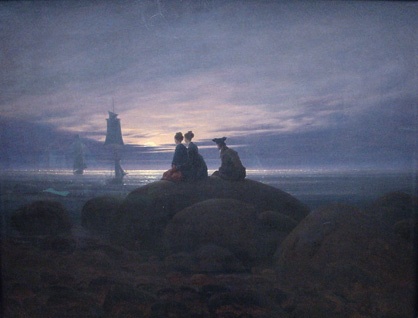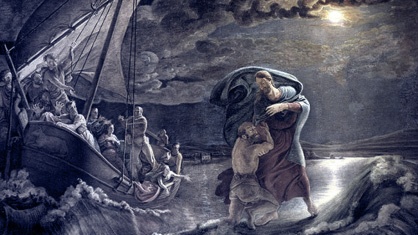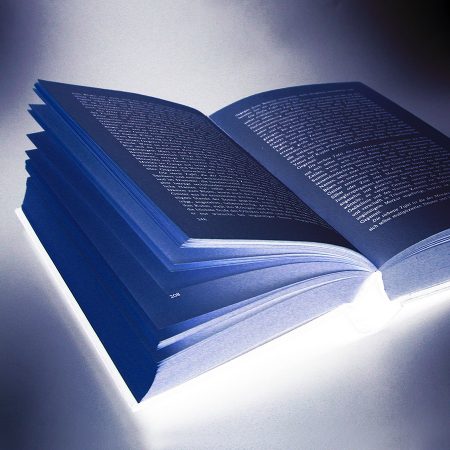The full moon in romantic painting

Towards the end of the 18th century, over 200 years ago, Germany was about to be conquered by a new style of painting: the romanticism. The objective was, just as we understand it today, to emphasise feelings. But it was much more than this …
It was about the self-conception of an entire generation of artists, poets and musicians, who were trying to oppose the, up until then, reigning reason of the enlightenment era and also the classicism that was concerned with order. They countered with irrational contents i.e. fantasy, infinity or transcendency. It was what Wassily Kandinsky (1866–1944) expressed about the artist in general at a much later point in time: “The fortune of an artist is the possibility, to express longing in forms.”
So how do you express longing in forms? How do you express the wanderlust, the encounter with what we do not think nor enunciate, but are only able to anticipate? Not an easy task and maybe the painters of this era, firstly Caspar David Friedrich (1774–1840) as main advocate of the German romanticism, used primarily nature allowing the viewer a glimpse, to evoke exactly this experience. Mostly, these landscape images are accompanied by a figure that is turning away from us, gazing into the distance, either together with someone or representative for the viewer. Often, these are scenes settled around night or dawn and it is not surprising that full moon comes into play.

As an example, we can see here the painting “Moonrise over the Sea” by C.D. Friedrich from 1822. And what rises from the clouds in midst the contemplating ladies and their companion, is our dear full moon. Incidentally, the ships symbolise life’s journey of a person.

Another painter of German romanticism was Philipp Otto Runge (1777–1810), who connected with C.D. Friedrich through a painting for an altar that he had created in 1806/1807 for a chapel in Rügen by the Baltic Sea: “Peter on the Sea”. Here too, we can see clearly a full moon, just like in Friedrich’s painting above the sea and that lights up the scenery surrounded by clouds.
This is how the full moon accompanied our imagery world and in particular the ones around feelings, mysticism and night. And who would not admit to discover a hint of inner romantic feelings from time to time? If we are to believe the Romanticists then a gaze into the distance certainly helps … or an embrace.
